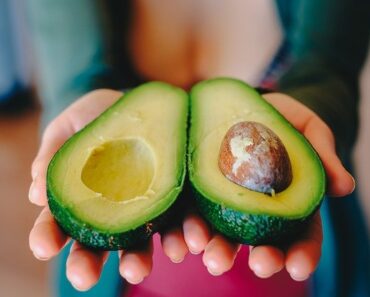Keto-friendly vegetables are foods that have a low glycemic index and are rich in the essential vitamins, minerals and nutrients that are needed for the health of a person who is on the Keto diet. This diet involves limiting the amount of carbohydrates you take in, primarily due to their high sugar content. When carbohydrates are digested, they are converted into glucose, which is used by your body as a fuel source. Excess glucose in your body causes your blood sugar levels to become unstable and leads to obesity, weight gain and diabetes. By reducing the amount of carbohydrates you take in, you can prevent these problems.
There are four main categories of Keto-friendly vegetables. The first are those that are rich in complex carbohydrates. These include blueberries, prunes, strawberries and raspberries. Some examples of rich complex carbohydrates are corn, sweet potatoes, pasta and rice. Any food that is in this category will raise your blood sugar levels because of its high sugar content.
The second type of Keto-friendly vegetables are those that are rich in aspartic acid. Asparagus is an example of aspartic acid. The benefits of aspartic acid are well known, especially for people on the Atkins diet. Because it is rich in amino acids, aspartic acid is needed to break down proteins and create energy.
The third category consists of non-starchy vegetables. Non-starchy vegetables contain little nutrient value, but they are full of vitamins and minerals. In particular, potassium is found in all forms of vegetables and fruits; it is also found in bananas, oranges and potatoes. Potassium helps regulate blood pressure and keeps our muscles strong. Keto-friendly vegetables that are high in potassium include broccoli, carrots, spinach and strawberries.
Vitamin A is found in both green and red cabbage. Cucumbers, cantaloupe and carrots are excellent sources of vitamin A. Since it is a fat soluble vitamin, beta-carotene is released from cucumbers when they are cooked. Beta-carotene aids in promoting healthy eyes, skin and teeth.
Fruits are an excellent source of antioxidants. However, many fruits can also be high in sugars. Some examples include blueberries, raspberries, bilberries, strawberries and pineapple. It is important to balance the amount of sugars in the diet. The goal is to introduce as many fruits and vegetables into your diet as possible while still being able to enjoy tasty desserts such as ice cream, cake and pies.
Aromatic herbs such as sage, garlic, thyme and Rosemary are said to have medicinal properties that may help in losing weight. In addition, they may help in improving circulation, cleansing the digestive system, and boosting metabolism. While the claims by manufacturers of nutritional supplements may not be true, they are generally safe when used properly under a doctor’s supervision.
Oils from sunflower seeds, safflower oils, olive oil, canola, sesame and linseed oils are high in antioxidants. Eating foods that contain antioxidants are important for maintaining good health. This is especially true when a person is starting on a low carbohydrate diet. Other foods high in antioxidants include: dark leafy greens, raw nuts and seeds, nuts, berries, broccoli and cauliflower, avocado oil, garlic, eggs, fish, tomatoes, cabbage, tomatoes, spinach, cucumber, spinach and alfalfa sprouts.
Oils from olives, canola, sesame, sunflower seeds, soybeans and linseed are considered healthy. These oils may help lower LDL cholesterol and increase HDL cholesterol, which are good for heart health. When starting a low carb or ketogenic diet, it is important to avoid starchy carbs such as pasta, potatoes and breads. Instead, switch to more healthy carbs such as rice, beans, brown rice, whole grain rice, and other sprouted grains.
Some fruits are good for people on a ketogenic diet, but others should be avoided. The main ones to avoid are those with high levels of fructose. Fruits that are high in fructose include prunes, cranberries, blueberries, grapefruit, pineapple, kiwi fruit, blackberries and strawberries. The main benefits of eating fruits that are low in carbs is that they provide a burst of energy and boost the metabolism.
As with any diet, it is important to monitor weight loss and portion control. Starches can be tricky when it comes to a Keto-friendly diet because of their increased absorption in the system. If someone has a lot of carbs in their meal, the body may use them for fuel instead of fat. This causes a shift in the blood sugar level and sometimes leads to a feeling of hunger, which is indicative of consuming too much.
If someone is going to eat fruits, the better choice would be dark-skinned varieties like mangoes and papaya. Tomatoes are also a good choice but try to stay away from canned tomatoes because of the added sugar. Dark berries are better than green ones because of their high antioxidant level. This is good news because antioxidants counteract the effects of free radicals. There are also other fruits to choose from such as pineapples, plums, cherries and blueberries.






